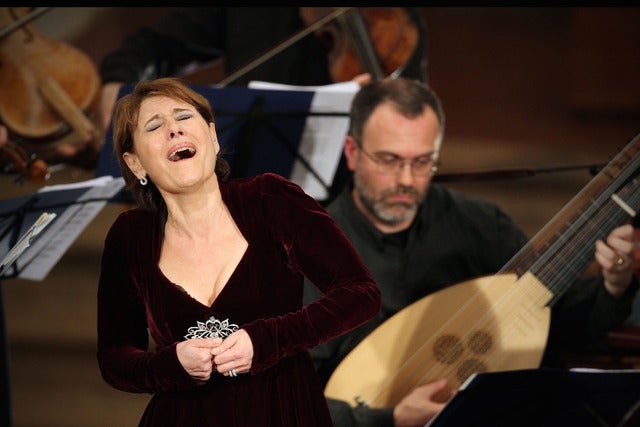Cellist Daniel Müller-Schott and pianist Simon Trpceski are highly respected musicians featured on stages worldwide. Each of their careers, however, has been largely conducted in the realm of the concerto where a big voice is summoned to match orchestral force. This chamber music setting was ill-conceived. Trpeceski was overbearing throughout, and Müller-Schott was forced to adapt. (ever hear a big band drummer try his hand driving a trio?)
Each of these works marks an interesting juncture in the work of its composer. For Chopin, the G minor sonata (1845-47) was a rare departure from the solo piano into the world of chamber music. For Brahms, Sonata no.2 (1886), brought a new interest in an instrument other than the piano. In this work Brahms respects the cello as a unique and abiding voice, as he did the clarinet in later life. For Beethoven, the Sonata in C was a step into the storied and silent future, later to be consecrated as his “late works.” Sadly, the fruits of this final period were harvested in deafness.
The literature for cello and piano duo begins with Beethoven, credited with freeing the cello from the continuo to which it had been heretofore tethered. His Sonata in C Major, op.102, no.1 (1815) marks a point of transition both in the composer’s work and life. At the conclusion of his bountiful middle period, this master had successfully shed —if not transformed— the parameters of sonata form for all time. Now the consummate master, he approached his work with a new expertise and freedom.
This kaleidoscopic sonata, with its adventures in form, dynamics, meter, and tempo, presents surprising turns in its unique terrain. It is, however, primarily linear, concentrating on motivic play and thematic continuity rather than layered nuance. These traits render the work less treacherous to the players than does the Brahms, yet perhaps more demanding than the opulent, tuneful Chopin. The duo often solved the motivic mysteries of this work, yet stumbled while navigating tricky entrances and sudden shifts of dynamics and balance. They were successful in isolated sections, but not in bringing the work off as a whole.
The Chopin Sonata in G Minor, op. 65, one of the very few chamber works in the composer’s oeuvre, is an engaging piece of music. Chopin himself performed it the year before his death, skipping the technically difficult first movement due to to his fading health. The work transits from tumultuousness to a folk-like simplicity, while clearly delineating each musician’s role. Overall, there were some lovely moments in this performance, especially when the musicians discovered a dynamic balance. The problem again stemmed from the muscular delivery of the pianist, who too often subdued the cellist, and robbed this fragile work of its subtlety.
But the casualty of this evening’s concert was Brahms Sonata in F major. This composer is often wildly passionate. Surges of pure rhythmic color replete with triumphant bass lines and soaring melodies abound in his music. But a secret of this master’s work is that —always—Brahms is the champion of form and order laced with studied counterpoint. Trpceski, however, was seduced by his passion: thunderous chords overwhelmed the cellist, challenged the piano, and outgrew the hall itself. Brahms is the soul of nuance: all elements woven to an intricate web. This was a hapless and exhausting performance.
Ironically, the duo found their voice in two impressive encores: a Chopin Nocturne followed by a virtuosic cello showpiece (possibly a transcribed Paganini Caprice). Each of these works was performed to perfection--suggesting perhaps what this team could have served up all evening if prepared.
The concert was preceded by an erudite and entertaining lecture given by Library of Congress music specialist, David Henning Plylar, who also penned the informative notes.

